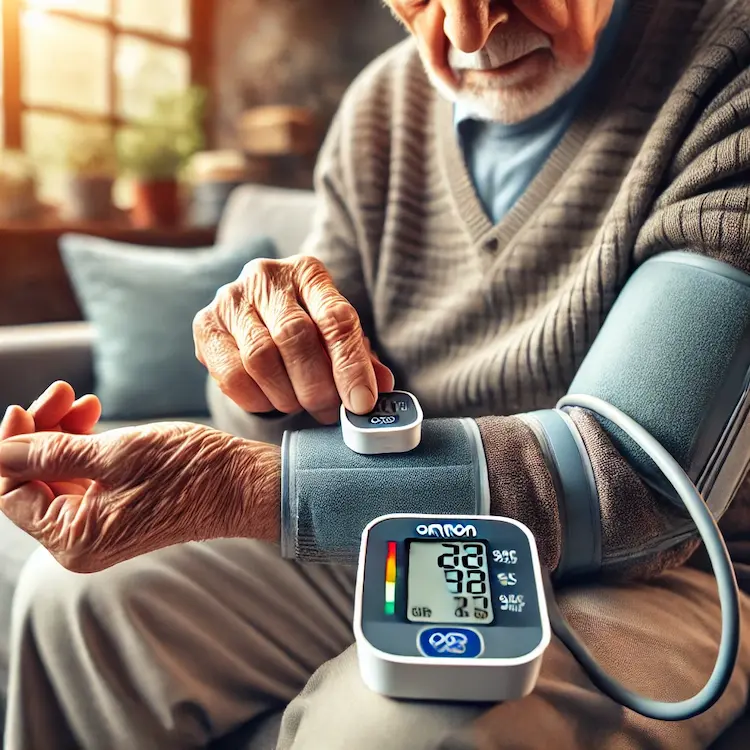As blood pressure monitoring becomes an essential part of elderly healthcare, choosing a comfortable and reliable device is crucial. The Omron RS2 and Omron X3 are two widely used digital blood pressure monitors, but they cater to different needs. Comfort is a major factor for elderly users, who may struggle with stiff cuffs, complex interfaces, or inaccurate readings due to improper fit. This article compares the Omron RS2 vs. Omron X3, focusing on ease of use, cuff comfort, accuracy, and usability for seniors. By the end, you’ll have a clear idea of which model best suits elderly users, supported by expert insights, statistical data, and practical recommendations.
Blood pressure monitoring is essential for seniors, as they are at higher risk for hypertension, heart disease, and stroke. According to the World Health Organization (WHO), over 1.28 billion adults globally suffer from hypertension, with a majority being over 65 years old. Regular monitoring can help detect fluctuations early, reducing health risks. However, discomfort from poorly designed monitors can discourage consistent use, leading to misdiagnosis or under-treatment.
Elderly individuals face unique challenges when using blood pressure monitors:
A comfortable, user-friendly device encourages frequent monitoring, ensuring better health management.

| Feature | Omron RS2 | Omron X3 |
|---|---|---|
| Type | Wrist monitor | Upper arm monitor |
| Cuff Type | Soft wrist cuff (13.5–21.5 cm) | IntelliWrap upper arm cuff (22–42 cm) |
| Ease of Use | Simple one-button operation | Advanced features with more options |
| Comfort for Elderly | Lightweight and portable | Secure fit but may feel tight |
| Accuracy | Moderate (higher chance of movement errors) | High (validated clinical accuracy) |
| Memory Storage | 30 readings | 60 readings |
| Display Size | Small LCD | Large, easy-to-read LCD |
| Power Source | Batteries | Batteries |
| Additional Features | Irregular heartbeat detection | Hypertension indicator, irregular heartbeat detection |
The Omron RS2 features a soft wrist cuff, making it more comfortable for elderly users with fragile skin. It eliminates the pressure discomfort associated with upper arm monitors like the Omron X3, which uses an IntelliWrap upper arm cuff. While the IntelliWrap ensures accurate readings, some users report it feeling tight and constrictive, particularly for those with sensitive skin or arm pain.
Winner (Comfort): Omron RS2 (wrist cuffs tend to be gentler)
Winner (Ease of Use): Omron X3 (larger display, better clarity)
Winner (Accuracy): Omron X3 (upper arm monitors are more precise)
Winner (Portability): Omron RS2 (small, easy to carry)

Both the Omron RS2 and Omron X3 are excellent blood pressure monitors, but they serve different needs. Omron RS2 is more comfortable and portable, while Omron X3 offers better accuracy and display readability. For elderly users who prioritize ease of use and comfort, the RS2 is a preferable choice, but those who need higher accuracy and clinical validation may find the X3 more suitable.